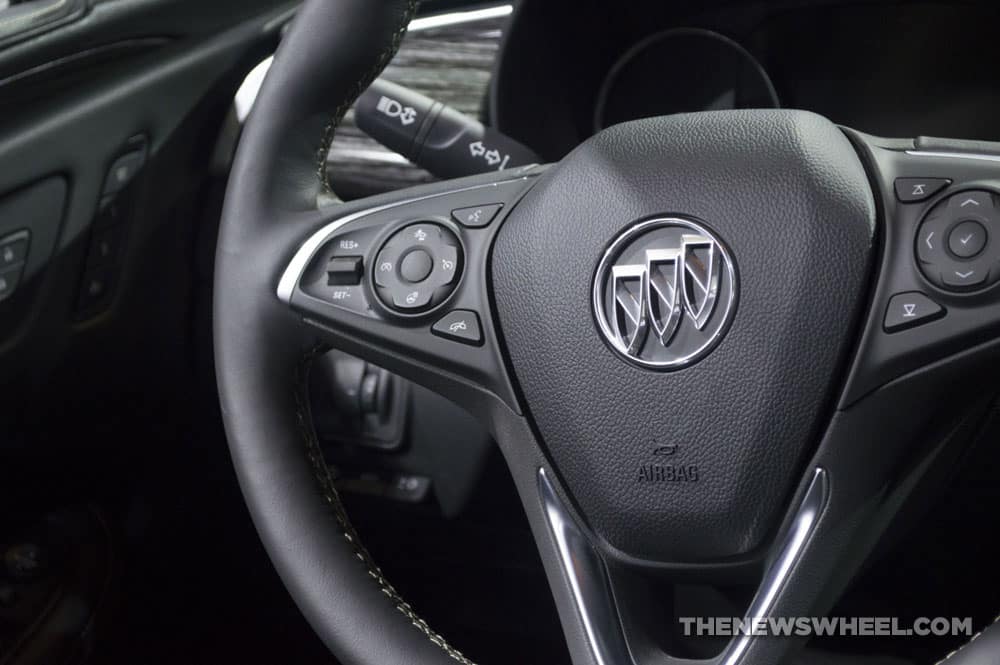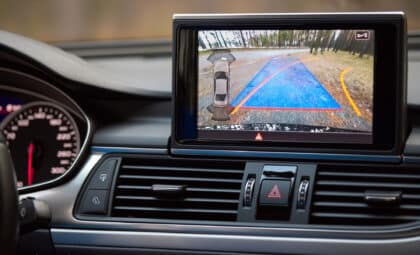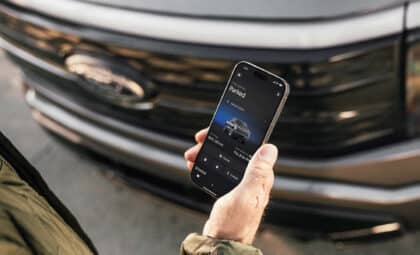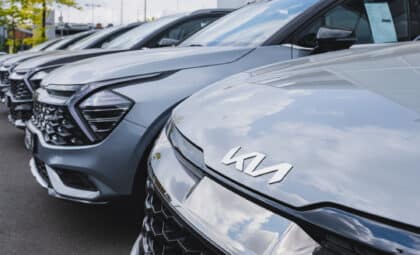
Photo: The News Wheel
If you drive a vehicle with an all-wheel drive system, you feel like you can conquer anything. Unfortunately, the reality is no mechanical system — including AWD — is indestructible. Your car’s drivetrain can be severely damaged if you don’t treat it properly. These are the four most common ways you could inadvertently ruin your car’s all-wheel drive system.
Shopping for a Used Car? Make sure you consider these important factors before buying
Only replacing some tires
As the rubber tread wears down, you’ll eventually need to replace some tires with new ones. On a two-wheel drive vehicle, you can replace just a pair of tires instead of the whole set. However, if you drive an AWD vehicle, it’s crucial that you replace all four tires simultaneously instead of just some of them. The Tire Industry Association (TIA) recommends that you avoid mixing old and new tires because they’ll spin at different speeds and damage the drivetrain components.
When having a two-wheel drive vehicle towed by a tow truck, it’s generally okay to put the car in neutral and let the rear, non-drive wheels spin freely against the road. But if your car has all-wheel drive, you absolutely mustn’t let the wheels drag against the pavement. Always ask for a flatbed tow truck that will bring all four wheels off the pavement; never use a hook-and-chain or wheel lift tow truck. Otherwise, because all-wheel-drive systems are permanently engaged, the transmission will be wrecked.
Don’t Drive Your Car Every Day? Make sure you’re taking these important measures to preserve it

Installing tire sizes that aren’t recommended
Every vehicle has advised tire dimensions printed in its owner’s manual or door jamb sticker. If you ignore these OEM sanctions and install tires that are different than recommended, you risk damaging the drivetrain. Vehicles are designed to operate with tires of particular sizes. If you install ones that are different in width or height than recommended, the handling and speedometer will be thrown off, as well as the drivetrain system. Keep in mind that today’s drivetrain systems are very precise, and even minor infractions can disrupt the digital components.
Driving on a spare tire
Spare tires usually aren’t the same size as the rest of a vehicle’s standard tires (and here’s the reason why). While that difference may not matter as much if you’re driving a two-wheel drive car on a spare, you definitely shouldn’t drive an AWD on a donut. All wheels on an all-wheel drive car should be the same size. If one of them has a diameter that’s different from the others, that variance in size leads to differing rotation speeds, which — again — will damage the drivetrain.
Even if the spare is the same size as the other wheels, its tread is likely not the same level as the other three units, so you’ll encounter the same problem as point No.1. It’s better if you call for a tow truck or use a temporary puncture repair kit to take your car to the mechanic than driving on a spare.
Owning an all-wheel drive vehicle has many benefits, but you’ll forfeit those benefits if you don’t treat your car properly.
Aaron is unashamed to be a native Clevelander and the proud driver of a Hyundai Veloster Turbo (which recently replaced his 1995 Saturn SC-2). He gleefully utilizes his background in theater, literature, and communication to dramatically recite his own articles to nearby youth. Mr. Widmar happily resides in Dayton, Ohio with his magnificent wife, Vicki, but is often on the road with her exploring new destinations. Aaron has high aspirations for his writing career but often gets distracted pondering the profound nature of the human condition and forgets what he was writing… See more articles by Aaron.









